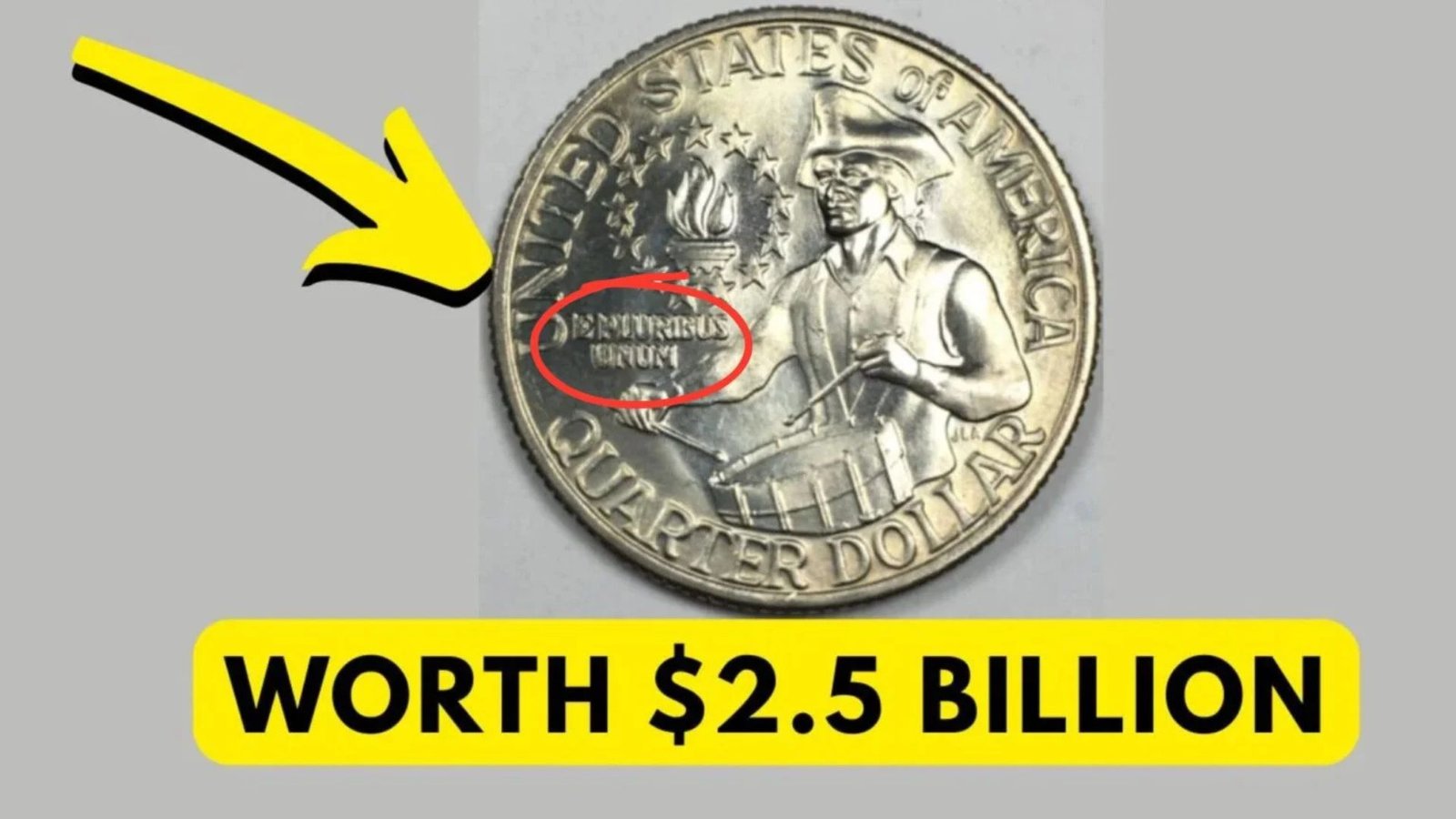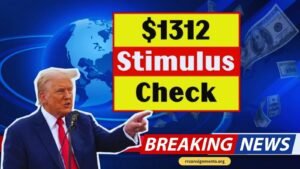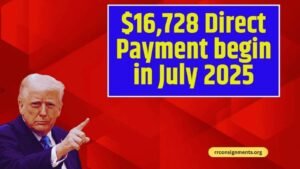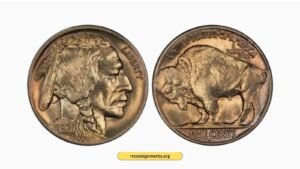In 1976, the United States celebrated its 200th birthday with a special coin—the Bicentennial Quarter. Most of these quarters are worth just 25 cents, but one extremely rare version could be worth up to $2.5 billion! Yes, you read that right. This coin might still be hiding in your pocket change, coin jars, or even at a local shop. In this article, we’ll break down what makes this quarter so special, how to spot it, and why it’s so valuable—all in simple language.
What Is the Bicentennial Quarter?
The Bicentennial Quarter was minted in 1975 and 1976 to mark 200 years since America’s independence. These quarters feature a unique design: a colonial drummer on the back and dual dates (1776-1976) on the front. Most were made in huge numbers, so they’re common and worth their face value. However, a small number of these quarters have a rare feature that makes them incredibly valuable.
Why Is This Quarter So Valuable?
The value of this rare Bicentennial Quarter comes from a mistake made during production at the U.S. Mint. A tiny number of these quarters were accidentally struck on special silver blanks meant for other coins. These errors, combined with their perfect condition and unique markings, make them a collector’s dream. Here’s why they stand out:
- Minting Error: The quarter was struck on a 40% silver planchet (a blank coin) instead of the usual copper-nickel mix.
- Rarity: Only a handful of these error coins are known to exist.
- Condition: Coins in pristine, uncirculated condition fetch the highest prices.
- Historical Value: The Bicentennial theme adds to its appeal for collectors.
How to Identify the Rare Bicentennial Quarter
Could you have one of these treasures? Here’s how to check your quarters:
Key Features to Look For
| Feature | Details |
|---|---|
| Material | Check if it’s silver. Regular quarters are copper-nickel and have a copper edge. Silver quarters look shinier and lack the copper edge. |
| Weight | Silver quarters weigh about 5.75 grams, while regular ones weigh 5.67 grams. Use a precise scale to check. |
| Mint Mark | Look for an “S” mint mark (San Francisco Mint) on the front, near the date. Not all “S” quarters are valuable, but it’s a clue. |
| Condition | The coin must be in near-perfect condition, with no scratches or wear. |
| Edge | Silver quarters have a solid, silvery edge, not a copper-colored one. |
Steps to Verify Your Coin
- Check the Date: Look for “1776-1976” on the front.
- Inspect the Edge: A solid silver edge is a good sign.
- Weigh the Coin: Use a digital scale for accuracy.
- Look for the Mint Mark: An “S” mark indicates it was made in San Francisco.
- Get It Appraised: If you suspect it’s rare, contact a professional coin grader like PCGS or NGC.
Where Could You Find This Coin?
This rare quarter could be anywhere! Here are some places to look:
- Pocket Change: Check your loose change or coins from cash transactions.
- Coin Rolls: Banks sell rolls of quarters—open them and inspect each one.
- Family Heirlooms: Old coin collections from relatives might hold treasures.
- Flea Markets or Garage Sales: People sometimes sell coins without knowing their value.
- Coin Shops: Dealers might have one but may not realize its true worth.
Why Is It Still in Circulation?
Despite its value, this quarter could still be out there because:
- Unrecognized Value: Many people don’t know about the rare version and spend it like regular money.
- Hidden in Collections: Some coins are tucked away in private collections or forgotten jars.
- Low Awareness: Even coin collectors might miss the subtle differences that make this quarter special.
How to Sell a Rare Bicentennial Quarter
If you think you’ve found one, don’t spend it! Follow these steps:
- Don’t Clean the Coin: Cleaning can lower its value by causing scratches.
- Store It Safely: Use a plastic coin holder to protect it.
- Get It Graded: Professional grading services like PCGS or NGC will verify its authenticity and condition.
- Auction or Sell: Work with a reputable auction house or coin dealer to get the best price.
Conclusion
The rare Bicentennial Quarter is a hidden gem that could turn pocket change into a fortune. With its unique silver composition and minting error, this coin is a collector’s holy grail. By knowing what to look for—silver edge, “S” mint mark, and pristine condition—you might discover one in your own home. Start checking your coins today, and who knows? You could be holding a $2.5 billion treasure!
FAQs
What makes the Bicentennial Quarter so valuable?
A rare version was accidentally made with 40% silver instead of the usual copper-nickel mix, and only a few exist in perfect condition.
How can I tell if my quarter is the rare one?
Check for a silver edge, an “S” mint mark, and weigh it (should be around 5.75 grams). Get it appraised by a professional.
Where might I find this rare quarter?
Look in pocket change, coin rolls, family collections, flea markets, or coin shops.
Can I clean my quarter to make it look better?
Cleaning can damage the coin and lower its value. Keep it in its original condition.
How do I sell a rare quarter?
Get it graded by a service like PCGS or NGC, then sell through a trusted auction house or coin dealer.
Are all Bicentennial Quarters valuable?
only the rare ones made with silver and in perfect condition are worth millions. Most are worth 25 cents.





2 thoughts on “The Rare Bicentennial Quarter Valued at $2.5 Billion, Still in Circulation”